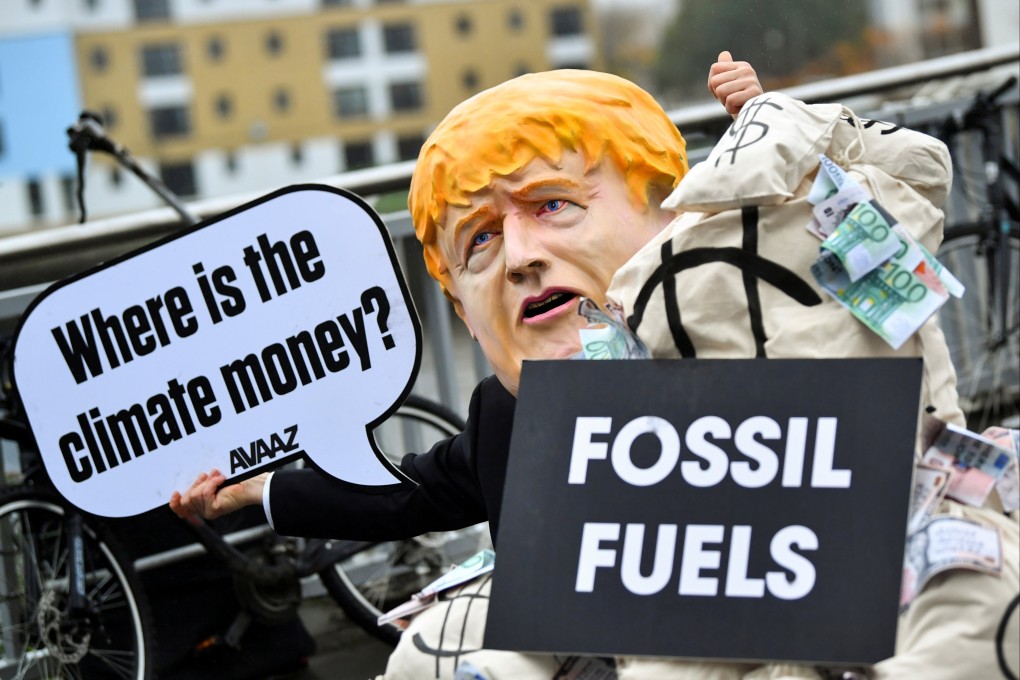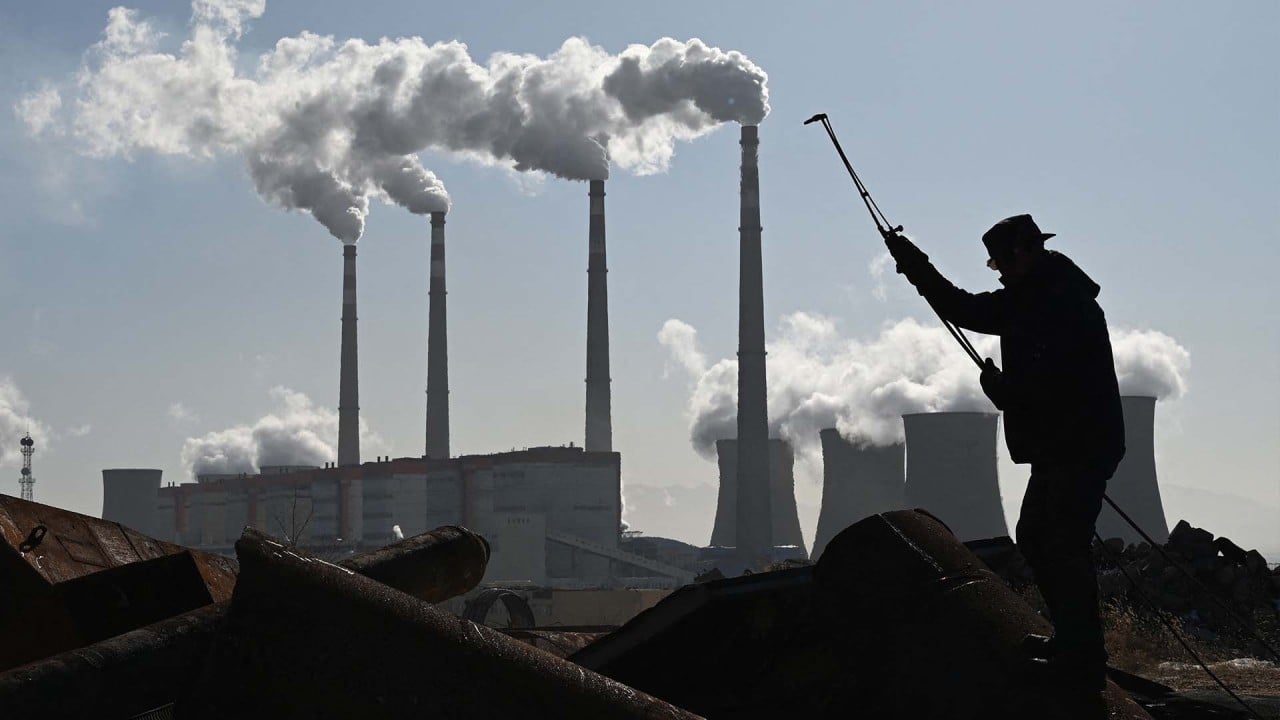Macroscope | To get to net zero, we need an effective global carbon credit market
- The carbon trading system agreed in Glasgow will help with the visibility of carbon pricing but more needs to be done
- As carbon pricing becomes more widespread, global collaboration is needed to avoid carbon dumping and tackle broader economic implications such as inflation

To illustrate simply how the system would work, we can imagine a new wind-turbine power plant being built in country A to replace an old coal-fired power station. The switch might reduce carbon dioxide emissions by 100 tonnes.
Country A could thus count its carbon emissions as having been reduced by 100 tonnes, or it could sell some of the credits, say 20, to country B. The rules of the system mean that country A would be able to claim it had reduced emissions by 80 tonnes and country B would be able to offset 20 tonnes of its emissions through buying the carbon credits.
It is feasible that some countries might be able to generate more carbon credits than needed to meet their NDCs. For example, Chile could exploit solar energy more efficiently than many countries because much of the country is at altitude, and the sun’s rays are stronger there.


